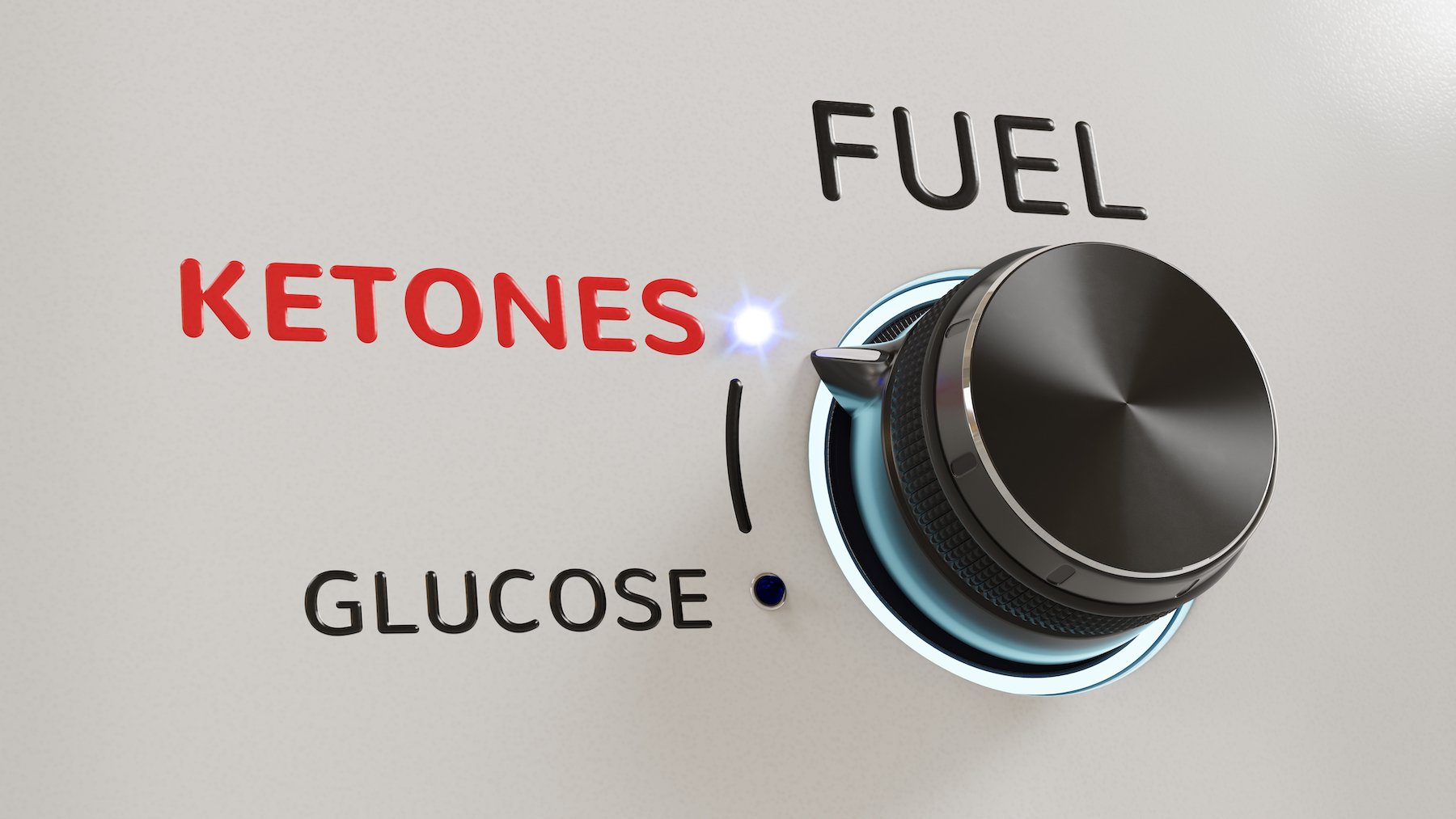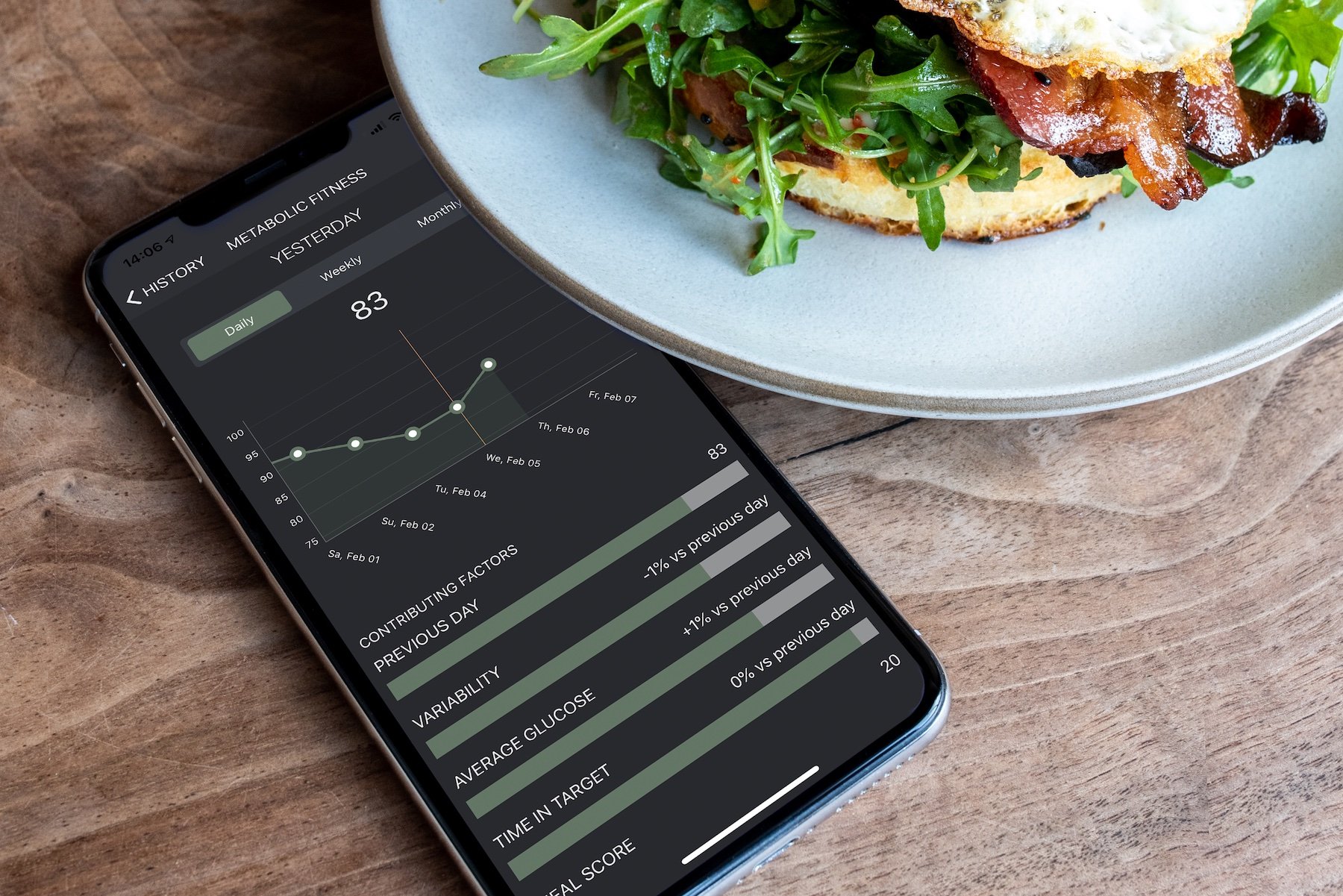Metabolic flexibility is the sought-after metabolic state wherein the body shifts rapidly and easily between the two primary metabolic fuels: glucose and fat. Specifically, the body burns glucose after eating carbohydrate and shifts to burning fat during periods of fasting. This fuel use is dictated largely by the hormone insulin—when insulin is high, the body is predominantly utilizing glucose; when insulin is low, the body is shifts to rely more heavily on fat as a fuel.
“Long-term adherence to a low-carbohydrate, ketogenic diet can cause a sort of “reverse metabolic inflexibility”. In this state, rather than being stuck in “glucose burning”, the body shifts to be almost exclusively in “fat burning mode” as a result of low insulin levels.
Most people, due to chronically elevated insulin from eating processed carbohydrates and sugars frequently, are “stuck” in “glucose burning”—this is the most common state of metabolic inflexibility. Essentially, the person is still burning glucose as the primary fuel even during a fasting period (i.e., hours after eating). This is a disease state associated with numerous health problems, such as insulin resistance, type 2 diabetes, Alzheimer’s disease, infertility, and more.
Interestingly, long-term adherence to a low-carbohydrate, ketogenic diet (KD) can cause a sort of “reverse metabolic inflexibility”. In this state, rather than being stuck in “glucose burning”, the body shifts to be almost exclusively in “fat burning mode” as a result of low insulin levels. This is a healthy state—the body is operating perfectly fine with prolonged reliance on fat as the primary metabolic fuel. However, this does mean that a load of glucose takes longer to clear. In other words, if you’ve been adhering to a KD and you suddenly consume a substantial load of carbohydrate, you can expect to see a higher-than-normal rise in glucose. This is expected—after all, you’ve shifted your metabolic function to rely on fat for fuel!
There is no need to fear this “reverse metabolic inflexibility”, but it is important to be aware of the phenomenon. For example, if you’re about to take an oral glucose tolerance test with you doctor, you may want to shift back to true metabolic flexibility by increasing your carbohydrate consumption in the three or so days leading up to the test. By doing this, you’ll likely have no problems on the glucose tolerance test. For some people, maintaining true metabolic flexibility may be sufficient reason to “carb cycle”, though there is no evidence that such a strategy carries long-term benefits vs. a traditional ketogenic diet.








